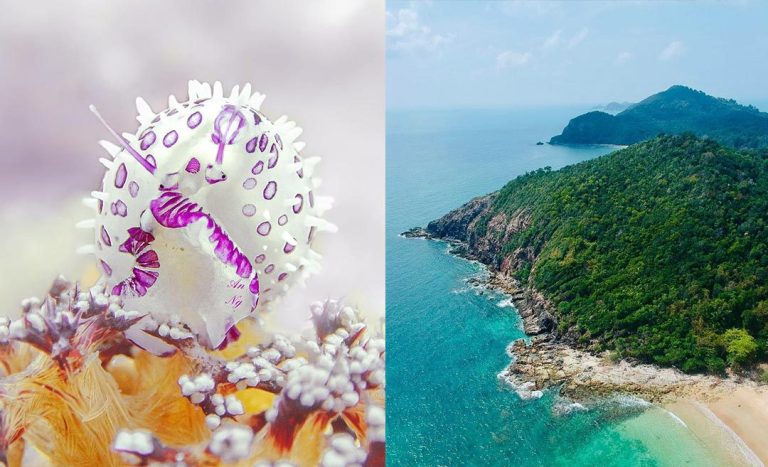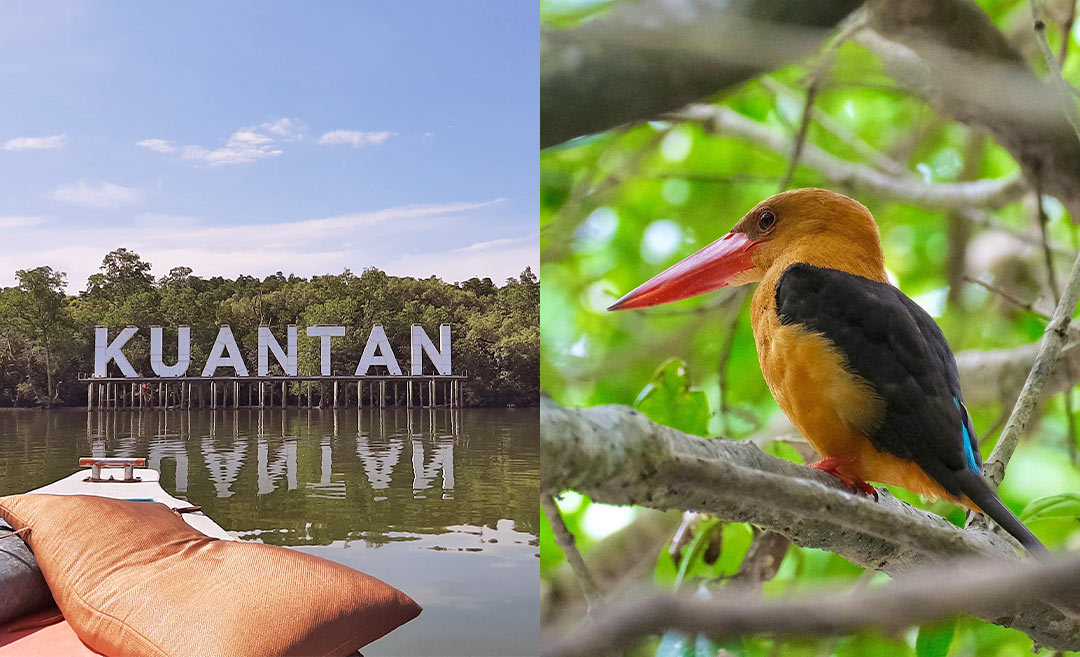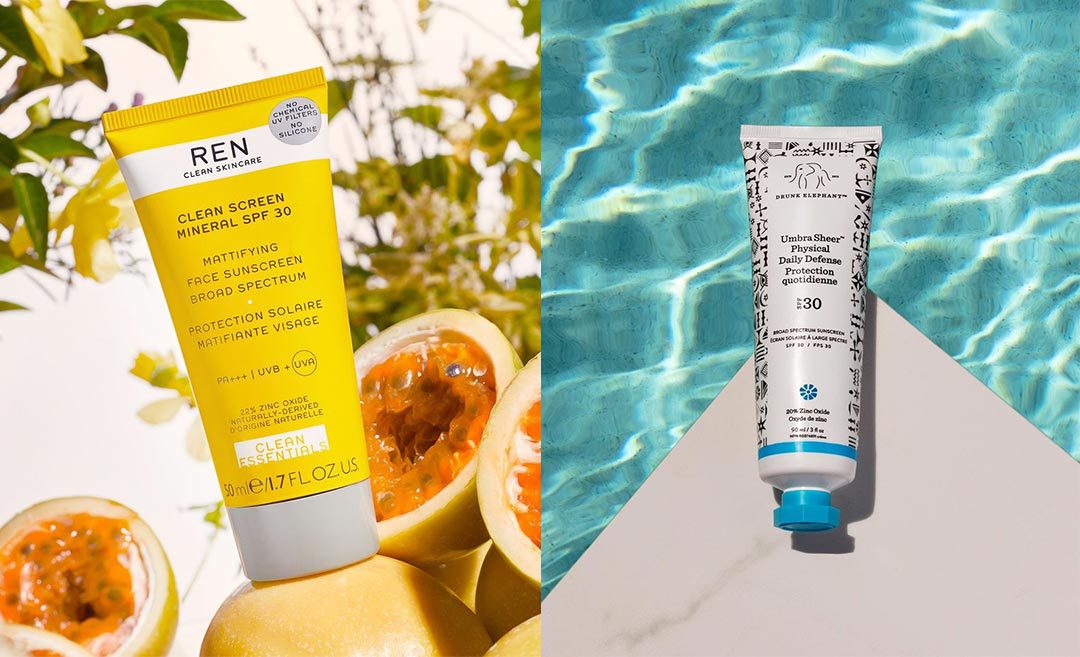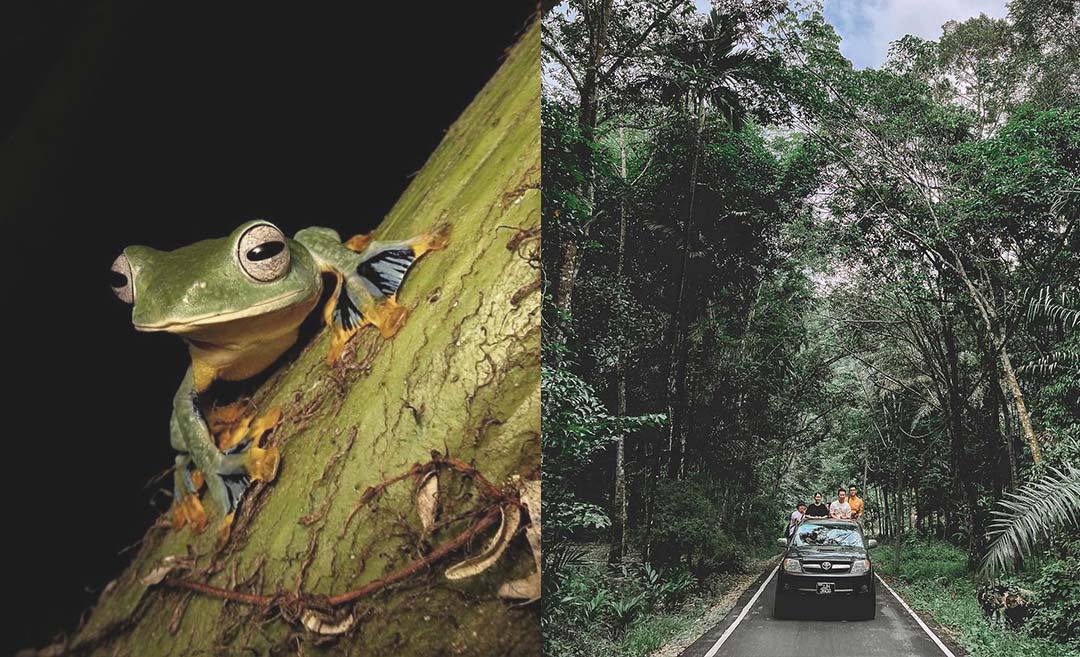Growing up in Malaysia, most of us probably spent a lot of time by the ocean in coastal towns, rich in folklore and backdropped by some of the best of what nature has to offer. And honestly, what’s not to love about the coastal towns in Malaysia?
While it’s easy to suggest that “The seaweed is always greener in somebody else’s lake,” as Sebastian famously sang in The Little Mermaid, it’s not necessarily always the case. We would like to introduce you to a few parks right here in our backyard that might change your mind; and what you can do to preserve them.
Terengganu Marine Parks
The Terengganu Marine Parks includes both Perhentian islands (Besar and Kecil) as well as surrounding islands including, Redang, Tenggol, Kapas, Lang Tengah, amongst others. Unlike many other islands and coastal destinations in the country, certain tourist activities are prohibited here, including water skiing, speedboat racing, and fishing.
This is to protect the park’s coral reefs and aquatic life. Entering these parks requires a small fee of RM5 for adults and RM2.50 for children.
Perhentian Islands Marine Park
Located in the Besut District of Terrenganu, Perhentian is made up of two main islands, Perhentian Besar and Perhentian Kecil. Great weather, stunning blues, and white sandy beaches draw backpackers, veteran divers, and holiday-goers from all over the world to this small slice of paradise.
The island was gazetted as a Marine Park in 1994, creating a sanctuary for the coral reef and marine life here but the high rate of tourism has added pressure on the park’s delicate ecosystem.
There are plenty of ways to enjoy the island without leaving a mark on it. Free Diving Adventure Malaysia makes regular group trips to the island for dives with their students. Kayaking, snorkelling, and jungle trekking are lovely ways to tour the island in a harm-free manner too. Head to Long Beach at night to catch an epic fire dancing show.
How to help: Obtaining your diving licence through an open water diving course with a local school opens up room for you to learn more about the marine ecology in the area, particularly the shark and turtle species of which we have little knowledge.
Perhentian Islands Marine Project runs a programme to educate people on their conservation efforts by running scientific research and initiating community projects to help contribute to the island’s eco-friendly efforts. The programme is open to licensed and unlicensed divers.
Redang Island Marine Park Centre
Separate from the Redang mainland, where tourists are welcomed, the Marine Park Centre falls on the south side of the big island and also runs as a research facility. Getting to the centre is easy from Redang Island via cheap fare boats or resort packages that offer excursions to the facility.
No resorts or villages are on site, so it is most suitable for day trips – charter a boat for a day or hire a tour guide to show you around the place. Spend the day snorkelling and observing the local reef and creatures living in it.
You might spot eels, dragon fish, and barracudas – though snorkellers and divers are advised to be wary of stingrays in the area. If you’re lucky, you might even spot a whale shark! Towards the east of the park, you can dive and explore shipwrecks in the area. Snorkelling gears are available to rent on-site.
How to help: The Sea Turtle Research Unit (SEATRU) runs a volunteer programme from March to October for those who wish to aid their sea turtle conservation efforts in Chagar Hutang Turtle Sanctuary, which is located on the big island. Contact the team to find out how you can participate.
Lang Tengah
Located on the east coast of Peninsula Malaysia, Lang Tengah is a small island between Perhentian Besar and Redang Island. It is beautiful and has some of the most well-preserved marine ecosystems in the area.
The ocean comes to life at night, and if that does not strike fear in you, you might like to try night snorkelling. Meet the creatures of the deep blue such as groupers, bamboo sharks, shovelnose rays, and green sea turtles.
You might also witness the bioluminescence on the beach in a phenomenon known as the ‘blue tears’. If you’d prefer to keep your explorations on land, consider a Via Ferrata trek, a thrilling mountain route fixed with metal rungs, ladders, bridges, and cables to assist climbers through the steep and rocky terrain.
How to Help: Volunteer with the Lang Tengah Turtle Watchers on Turtle Bay and assist them in protecting turtle eggs from poaches through night beach patrols, egg collection, and monitoring turtle nests. Programmes are available for anywhere between one to four weeks, from April to early October.
Kedah Marine Park
Langkawi Island was officially declared a UNESCO Endorsed Geopark in 2007, making the Langkawi archipelago one of 94 globally recognised geoparks. Much of the island’s geological heritage, culture, and natural beauty is preserved through tourism initiatives. Off the island is also small marine park called Payar Island.
Payar Island Marine Park
Comprising four uninhabited islands – Payar, Lembu, Kaca, and Segantang, this is the oldest marine park sanctuary in the country. These islands are famous for their variety of colourful marine life.
Boats are available to the island from Langkawi and Penang, but guests are not allowed to spend the night on the island. Snorkel with blacktip reef sharks or photograph the exotic fishes and coral reefs.
How to help: Since the park is open to tourists almost all year round, it is not uncommon to hear complaints about how irresponsible tourism negatively affects the marine park. When visiting the park, live by this motto: Take nothing but pictures, leave nothing but footprints, kill nothing but time.
Avoid booking trips with irresponsible tour operators, do not feed or chase the fish, and DEFINITELY do not buy or collect corals as souvenirs. If you’re going to dive, then dive without destruction.
Tioman Island Marine Park in Pahang
Tioman sits on the east coast of Peninsula Malaysia in the South China Sea. A nature reserve surrounded by some of the most beautiful beaches in the country, it is a preferred dive site, home to some spectacular reefs and shipwrecks from the Second World War.
Chebeh and Tiger Reef are some of the most beautiful reefs in the area, but require visitors to have an open water advanced diving licence as the currents can be strong. Sat in deeper waters, they offer a chance to encounter more unusual corals and larger species.
The island is covered in tropical rainforests and is inhabited by many flora and fauna. With the island resort’s conservation efforts, much of the marine life has returned to our shores. Some visitors have had rare encounters with dolphins too. Other findings in the park include nudibranchs, sea turtles, blue spotted stingrays, clownfish, and parrotfish.
How to help: Beach cleans are organised regularly on the island for visitors who would like to volunteer time off on their holiday to participate. Berjaya’s Annual Tioman Island Clean-Up Day is a great place to start.
Recruiting the help of hundreds of volunteers from divers, school participants, locals, and celebrities, they clean the beach and the sea. Experienced divers can also help catch and eliminate the overpopulation of predators that harm the coral reefs. Project Aware also runs clean-up efforts all year round and is always looking for volunteers.
Johor Marine Parks
Johor Marine Park, also known as the Sultan Iskandar Marine Park is located off the coast of Mersing and is made up of 42 islands grouped within five clusters — Pulau Tinggi, Pulau Sibu, Pulau Besar, Pulau Rawa, Pulau Aur, and Pulau Pemanggil.
As part of the Mersing geopark, the islands possess a unique geological heritage, including 248-million-year-old volcanic rock formations that can be seen on the southeastern part of Pulau Sibu.
Pemanggil Island Marine Park
Famous for its cliff sides and full seas, Pemanggil is open to deep sea fishing for a few months each year. The catch is typically marlins, grouper, and mackerels. Explore sunken shipwrecks or snorkel along the reefs. Because it is not a typical tourist destination, the island’s waters and rainforests are rich in natural lifeforms.
Sibu Island Marine Park
Sibu Island has been a protected marine park since 1993. Much of the island remains undeveloped and preserves its natural beauty. A dive here will allow you to encounter some friendly locals — like the nudibranch, crinoids, and the star puffer fish.
You can stay at several resorts on the island, such as Sea Gypsy Village, a sustainably run eco-resort. There is one village on the island, Kampung Duku, home to about 200 locals — equipped with a school, community centre, police station, football field, and shops.
How to help: The best way to maintain these islands’ natural beauty and ecosystem is by practising ecotourism, such as wearing reef-safe sunscreens and proper clothing when swimming in the ocean.
This is so that microfibres and plastic particles from your clothes do not find their way into coral reefs, and are not then consumed by marine life. Take plastic waste with you back to the mainland, where they can be recycled rather than disposing of them on the island.
Talang-Satang National Marine Park in Sarawak
Established in 1999 and known as Sarawak’s first marine park, the Talang-Satang National Marine Park comprises the water surrounding both Talang Talang Islands and Satang Islands, located off the coast of Damai Beach.
The park is 30 minutes offshore from Sematan in Southwest Sarawak. These islands serve as sanctuaries for Green and Hawksbill Turtles and remain to be Sarawak’s most crucial turtle conservation site today. Visits to the island are restricted, with tourists only able to visit Satang Island for day trips.
How to help: The park’s primary purpose is conservation, due to the sensitive nature of marine life and sea turtles on the island. Apart from Satang Island, the rest of the islands can only be accessed by participants in the park’s Sea Turtle Volunteer Programme.
Sabah Marine Parks
Sabah is a Malaysian state on the northern tip of Borneo famed for its high mountain peaks, vast rainforests, and stunning beaches. Rich in biodiversity, it is also a treasure trove of the country’s natural aquatic life.
There are six main marine parks managed by Sabah Parks: Tunku Abdul Rahman Park, Pulau Tiga Park, Pulau Sipadan Park, Turtle Islands, Tun Sakaran Marine Park, and Tun Mustapha Park.
Tunku Abdul Rahman Marine Park
Located in Gaya Bay just off the shore from Kota Kinabalu, Tunku Abdul Rahman is a state park named after Malaysia’s first Prime Minister. It comprises five protected islands — Pulau Gaya, Pulau Manukan, Pulau Mamutik, Pulau Sulug, Pulau Sapi, and their surrounding reefs and seas — the islands are great for snorkelling and explorative dives.
Tun Mustapha Marine Park
Off the north coast of Sabah, this protected park is home to more than 50 islands and islets in Borneo. After 13 years of planning and negotiating, the park was established in 2016, making it one of the country’s newest and largest marine parks.
It also holds some of the world’s richest marine flora and fauna complexes. The park is pioneering a mixed-use approach to marine conservation, with spots dedicated for artisanal and commercial fishing and areas under strict protection. It also serves as a sanctuary to protect the shark population in Sabah.
Tun Sakaran Marine Park
Comprising eight islands off the east coast of Sabah near the town of Semporna, Tun Sakaran Park was gazetted in 2004. The park’s primary objective is to protect the environment while promoting the sustainable use of its natural resources.
The island is favoured among divers and rock climbers. Visitors can also ascend the Bohey Dulang Nature Trail, an hour trek climbing lava rocks through the jungle arriving at a high peak overlooking Bohey Dulang Island.
How to help: Several NGOs and island resorts regularly run self-initiated beach and ocean clean-ups across the many parks. The best way to get involved is by contacting the staff or locals to find out if any such initiative is being run while you are on the island.



